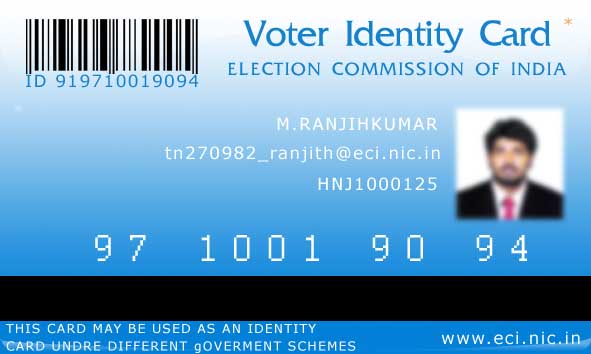Transcript:
Supreme Court today said that UIDAI, Unique Identification Authority of India cannot share its data with other agencies. The court said that Aadhaar could not be mandatory for public services and any order thing that Aadhaar is mandatory must be withdrawn.





 RSS Feed
RSS Feed
